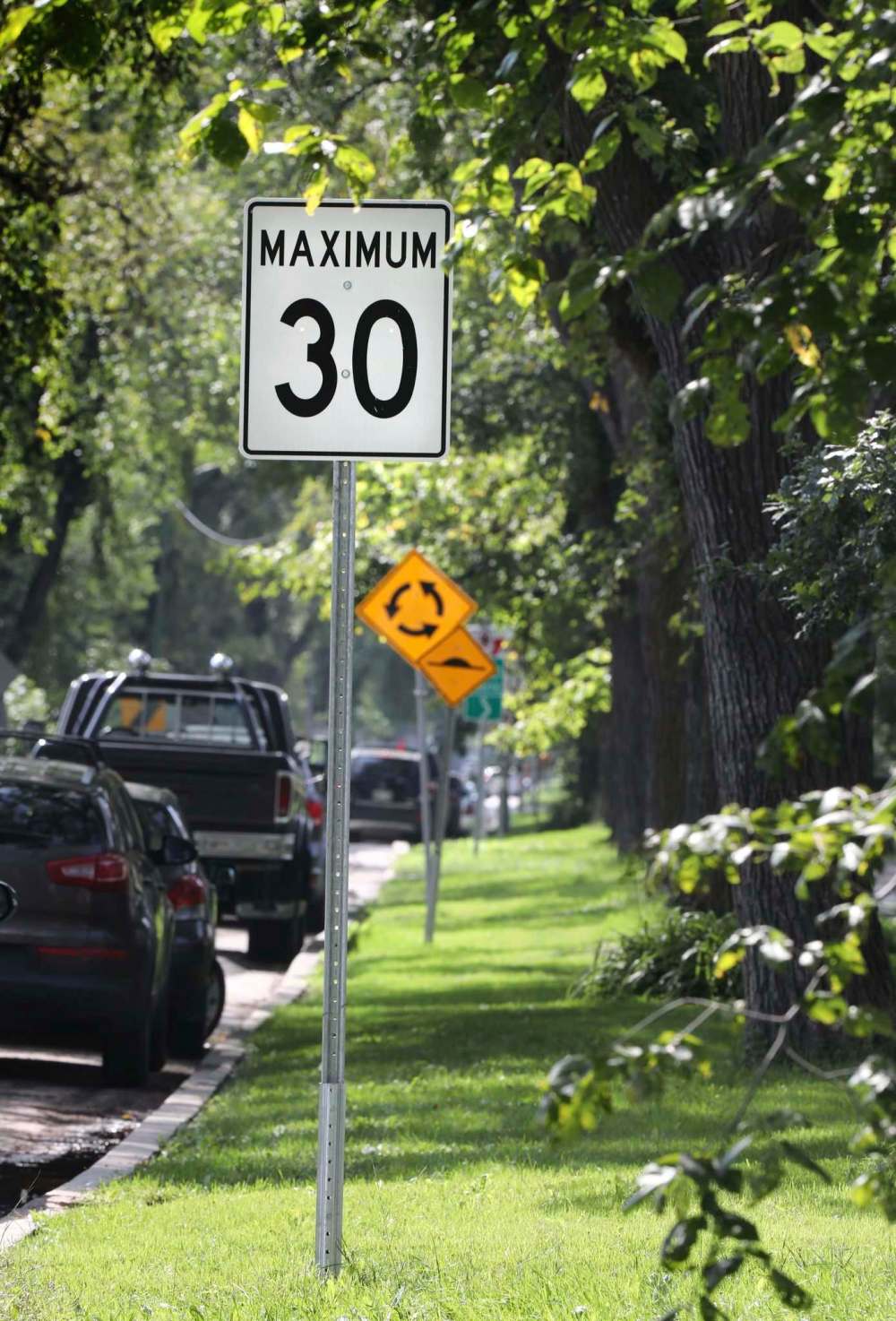Reduced speeds create more time to think
Advertisement
Read this article for free:
or
Already have an account? Log in here »
To continue reading, please subscribe:
Monthly Digital Subscription
$0 for the first 4 weeks*
- Enjoy unlimited reading on winnipegfreepress.com
- Read the E-Edition, our digital replica newspaper
- Access News Break, our award-winning app
- Play interactive puzzles
*No charge for 4 weeks then price increases to the regular rate of $19.00 plus GST every four weeks. Offer available to new and qualified returning subscribers only. Cancel any time.
Monthly Digital Subscription
$4.75/week*
- Enjoy unlimited reading on winnipegfreepress.com
- Read the E-Edition, our digital replica newspaper
- Access News Break, our award-winning app
- Play interactive puzzles
*Billed as $19 plus GST every four weeks. Cancel any time.
To continue reading, please subscribe:
Add Free Press access to your Brandon Sun subscription for only an additional
$1 for the first 4 weeks*
*Your next subscription payment will increase by $1.00 and you will be charged $16.99 plus GST for four weeks. After four weeks, your payment will increase to $23.99 plus GST every four weeks.
Read unlimited articles for free today:
or
Already have an account? Log in here »
Hey there, time traveller!
This article was published 06/09/2021 (1535 days ago), so information in it may no longer be current.
Whether 30 km/h is fast or slow depends on an individual’s mode of transportation. Most of us who are not named Andre De Grasse can’t run that fast for a sustained period. Cyclists can maintain a speed of 30 km/h if the rider is in good physical condition. Motorized vehicles can easily go 30 km/h: in fact, the problem in Winnipeg is getting vehicles to go so slow.
Like it or not — many vehicle drivers emphatically do not — a speed limit of 30 km/h is becoming more common on the streets of Winnipeg. A one-year pilot project began July 26 on four city streets, dropping the limit from 50 km/h to 30 km/h and adding speed humps to give forgetful drivers a jarring reminder of the slow-down zones.
Also, the 30 km/h limit at school zones throughout the city resumed on Wednesday in preparation for the upcoming home-school-home migration of children who sometimes forget to look both ways before they cross.

Drivers can fume that 30 km/h is frustratingly sluggish, in light of the considerable horsepower they are able to employ with a tap of their accelerator foot. Some also allege the low limits are less about safety and more about a cash grab accessed through speeding tickets issued by the city.
Such laments are largely in vain, however, and certainly can’t be heard by the technological photo-radar devices that monitor school zones and issue tickets under the Highway Traffic Act, typically $250 for the owner of a vehicle caught doing 50 km/h.
If receiving the fine notices in the mail irritates drivers to a degree sufficient to prompt them to express their disdain for 30-km/h zones to their city councillors or the Winnipeg Police Service, they certainly have every right to complain. But again, they’re likely wasting their breath.
Winnipeg’s elected representatives and city planners are all-in committed to a traffic program called Towards Zero, which has been adopted by other cities including Edmonton with considerable success at making roads safer. The goal, sometimes stated as “no loss of life is acceptable,” is to eliminate all injuries and fatalities on Winnipeg roads, a philosophy will help guide the new Transportation Master Plan the city is developing over the next three years.
Another embodiment of the safe-roads philosophy that now dominates city-hall traffic planning is the temporary Open Streets project that closed portions of 14 streets to vehicle traffic, giving the open pavement to cyclists.
While drivers can grumble when their route is diverted several blocks by a section of Open Streets, or sigh with frustration when they get a ticket for driving more than 30 km/h in reduced-speed areas, no one can argue with the motivation of the city to make street safer for pedestrians and cyclists. Manitoba Public Insurance statistics show that between 2012 and 2019, an average of 260 pedestrians and cyclists were injured or killed annually in vehicle accidents in Manitoba.
Perhaps those statistics will be helpful to consider for drivers who, when their progress is slowed to 30 km/h, will find themselves with more time to ponder such matters. If the annual traffic toll of 260 pedestrians and cyclists were allowed to continue unabated, the victims could someday include a family member or friend of any of us. Such an outlook makes it easier to drive as if the child crossing at the upcoming school zone is one of our own.


